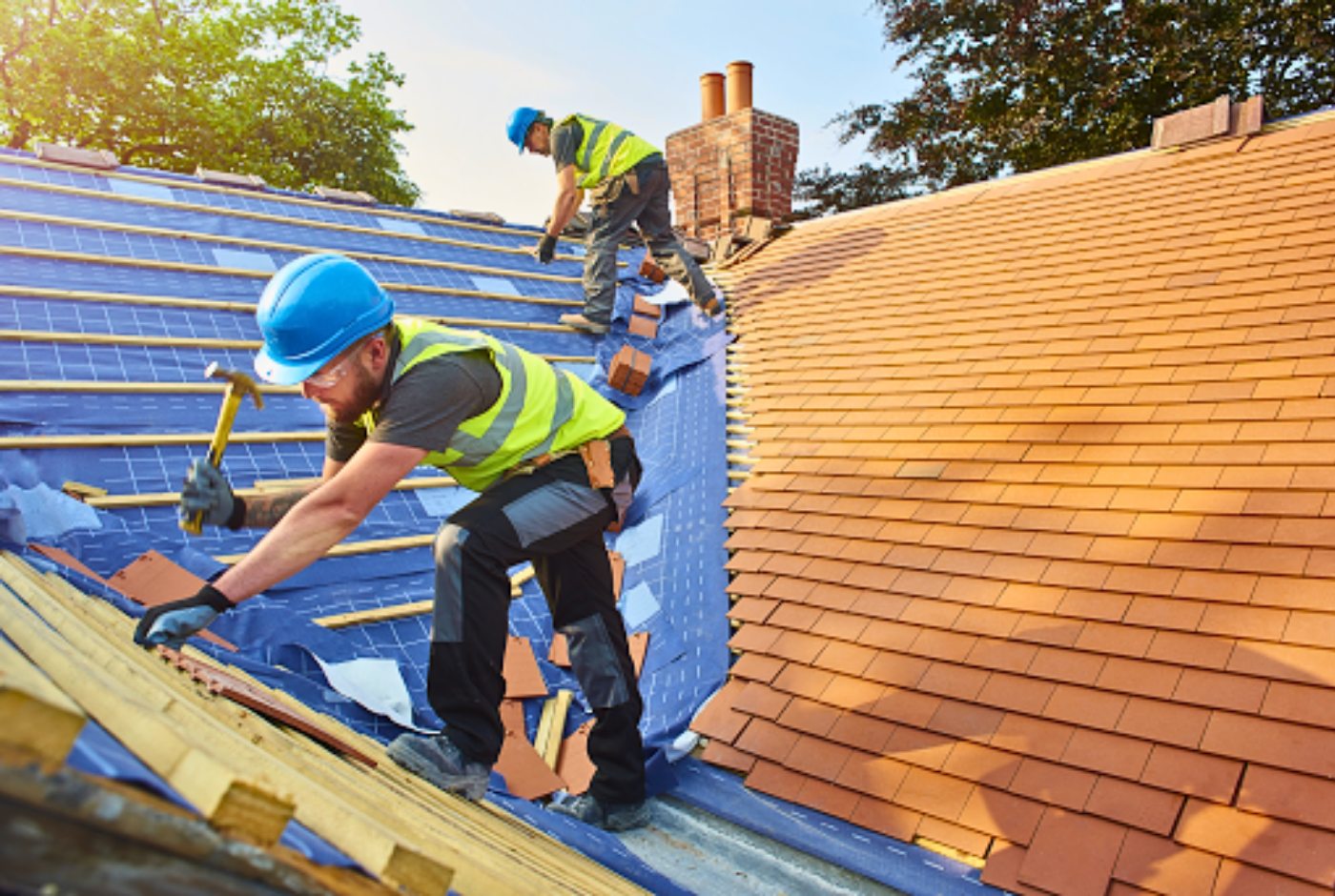
Is it time for a roof replacement or repair project on your home? When it comes to safeguarding your home, there's more to it than just watching the contractor work. Homeowners can play a proactive role during the roofing process that sets the stage for a smoother journey. So, what should homeowners do? Should you simply wait for the project to be done and let the contractor take over entirely? Having thorough roofing documentation about your roof is incredibly valuable and beneficial for any homeowner.
Having a record of the roofing process or roofing documentation is an investment in your future. Let's go into the key components that will help you in creating comprehensive and beneficial documentation.
Here's what you should have for your roofing documentation, along with clear examples.
1. While working photos
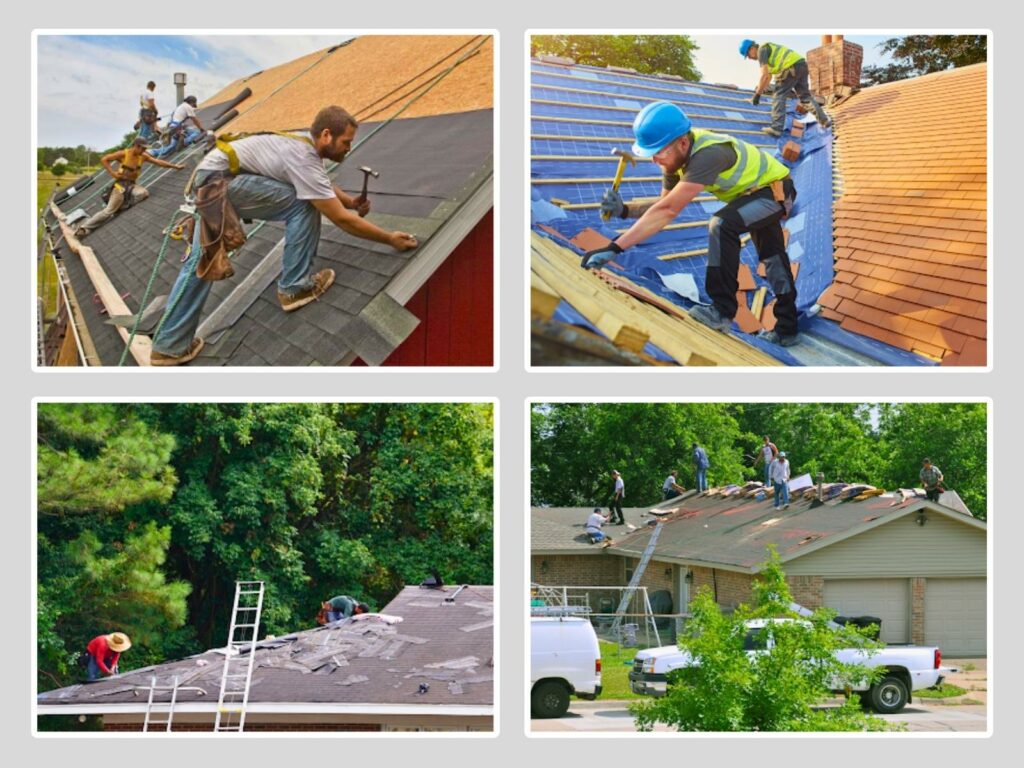
2. A photo of the homeowner and contractor while discussing the project

3. A photo of the homeowner and contractor doing a handshake
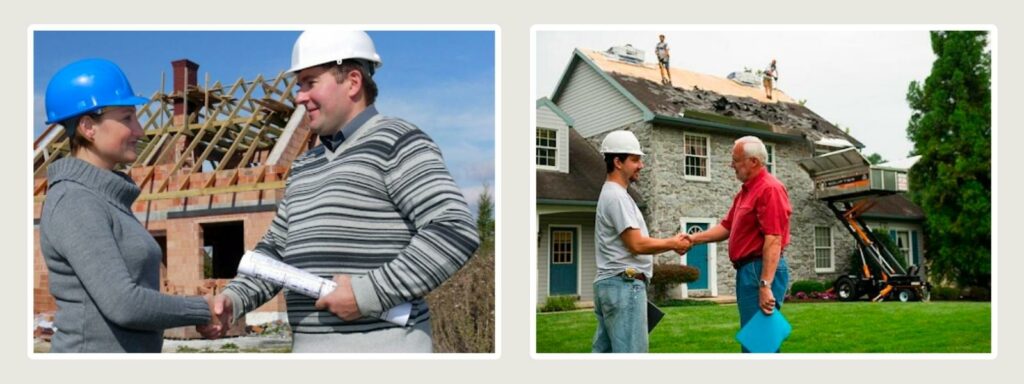
4. Before and after roof installation photos
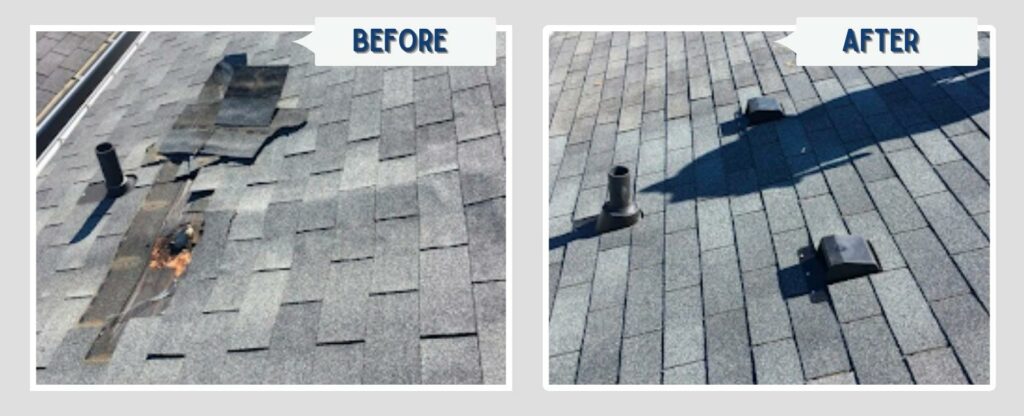
5. Close-up photos of the roof or materials

1. Insurance companies require evidence at various points in the installation process before disbursing funds, and having roofing documentation is crucial.
Roofing documentation of the re-roofing process is necessary, as insurance companies demand substantial proof at different stages of the installation to authorize the release of funds. This documentation not only safeguards your financial interests but also ensures transparency and compliance with insurance requirements throughout the entire re-roofing project.
2. By documenting each stage of the process, you create a record of the correct methods and materials employed, providing you with valuable evidence.
This thorough roofing documentation not only showcases your dedication to adhering to industry norms but also guarantees transparency and accountability. Such records can play a pivotal role in verifying the quality and integrity of the work carried out. Furthermore, they provide a layer of protection, as they can serve as vital evidence in case of disputes or insurance claims, underscoring the critical nature of meticulous documentation throughout the entire process.
3. Recording the process also enables you to create a dated log with time stamps for the installation of materials, ensuring their long-term durability.
Documenting the process serves an additional purpose, namely, the ability to establish a chronological log complete with time stamps that track the installation of materials for your roof. This record not only provides you insights into the sequence of events but also plays a significant role in ensuring the longevity and performance of the materials used in your roof. It acts like a historical reference, allowing you to monitor the exact timing of each installation step, which can be useful in assessing the materials' performance over time. This can be valuable for maintenance, quality control, and any future reference needs.
4. Maintaining comprehensive documentation also promotes honesty and accountability among contractors.
Extensive roofing documentation further instills a sense of integrity and accountability in the contractor, driven by the knowledge that their work is being closely monitored. When they understand that there's an ongoing record of the project's progress and methods, it promotes transparency and ensures that the contractor adheres to the highest standards of workmanship and ethics. This serves as a powerful means for maintaining the contractor's commitment to honesty and delivering quality work.
In order to create comprehensive and effective roofing documentation, it is crucial to have a knowledge of the roofing system's various components. Steep-slope roof systems, characterized by slopes of 25 percent or more, consist of five fundamental components:
1. Roof covering - This may include materials such as shingles, tiles, slate, or metal, along with an underlayment designed to shield the sheathing from adverse weather conditions.

2. Sheathing (OSB) - These boards or sheet materials are fastened to roof rafters to cover a house or building.

3. Roof Structure - These include rafters and trusses that are built to provide structural support for the sheathing.
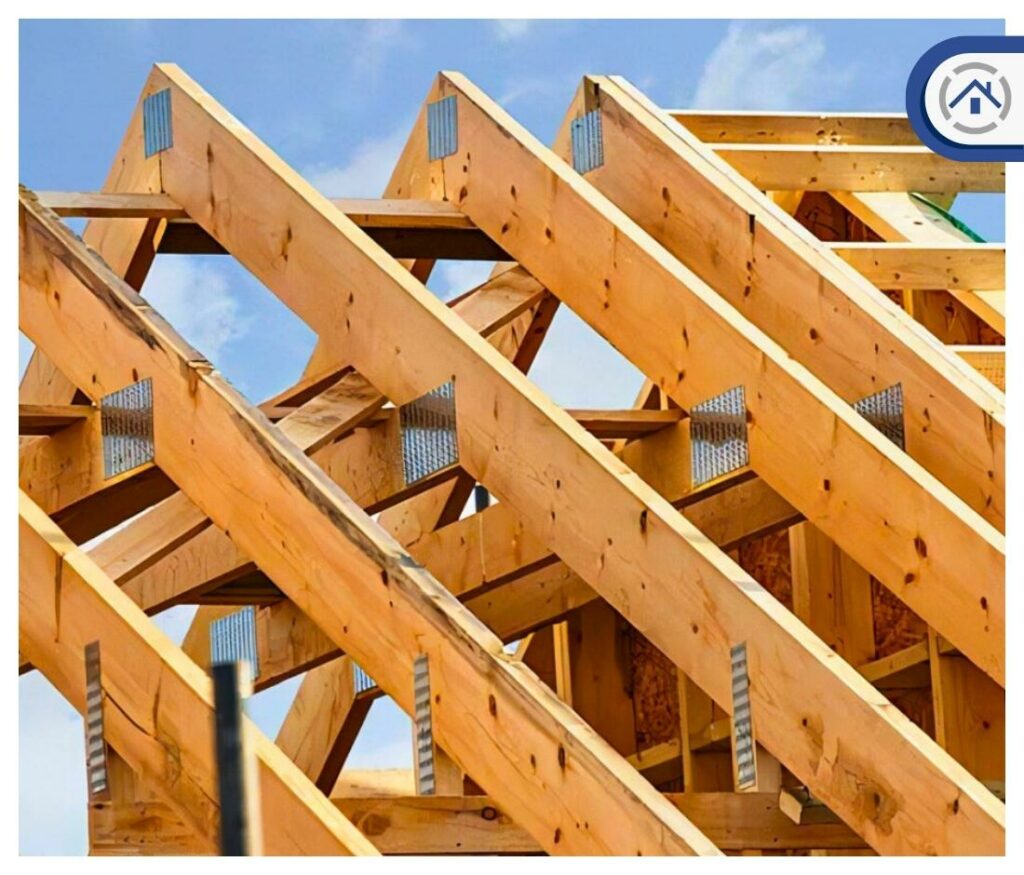
4. Flashing - Flashing is the sheet metal or alternative materials that are installed at the joints and valleys of a roof system to prevent the infiltration of water.

5. Drainage - The roof drainage is the design attributes of a roofing system, including its shape, slope, and layout, that play a critical role in determining its capacity to divert water efficiently.
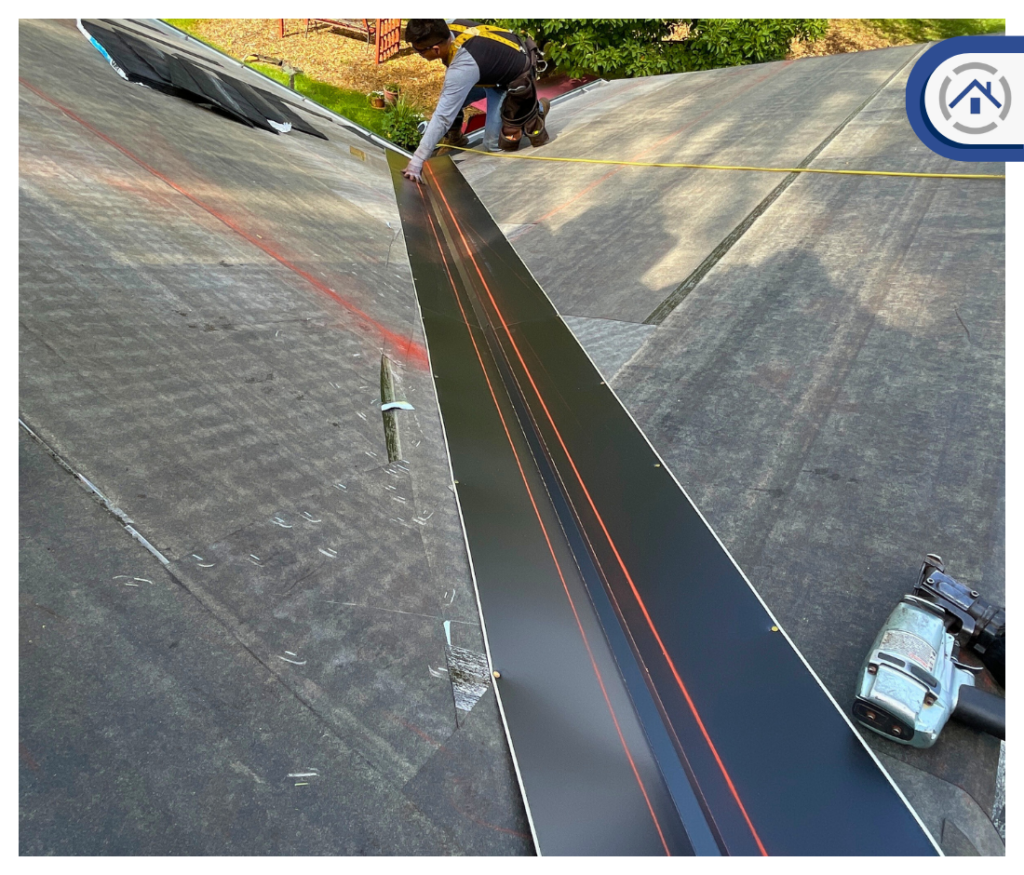
Documenting the roofing process on your home is not just a record-keeping task; it's a shield of protection, a testament to quality workmanship, and a roadmap for future maintenance. Whether it's to ensure transparency with insurance companies, maintain accountability in your contractor's work, or serve as a valuable reference for any future needs, thorough documentation plays a pivotal role in safeguarding your home and your investment.
By capturing the journey of your roofing project, you empower yourself with the knowledge and evidence needed to make informed decisions and uphold the integrity of your home. So, remember, a few photos and notes today can save you from potential headaches tomorrow, making it a worthwhile effort in the long run.